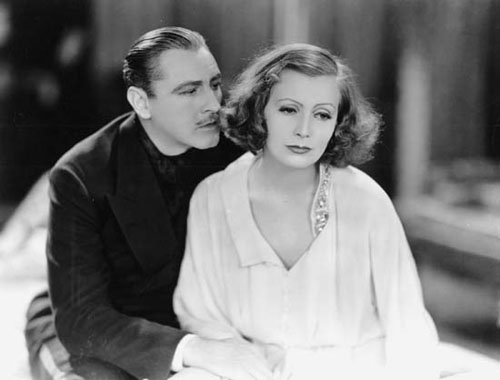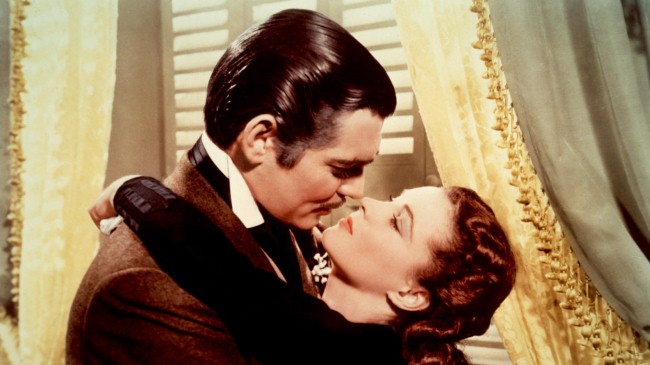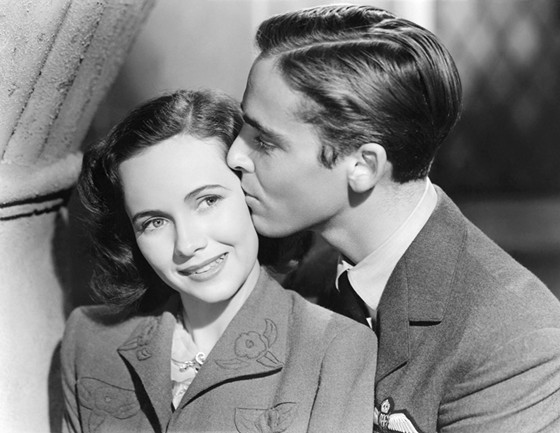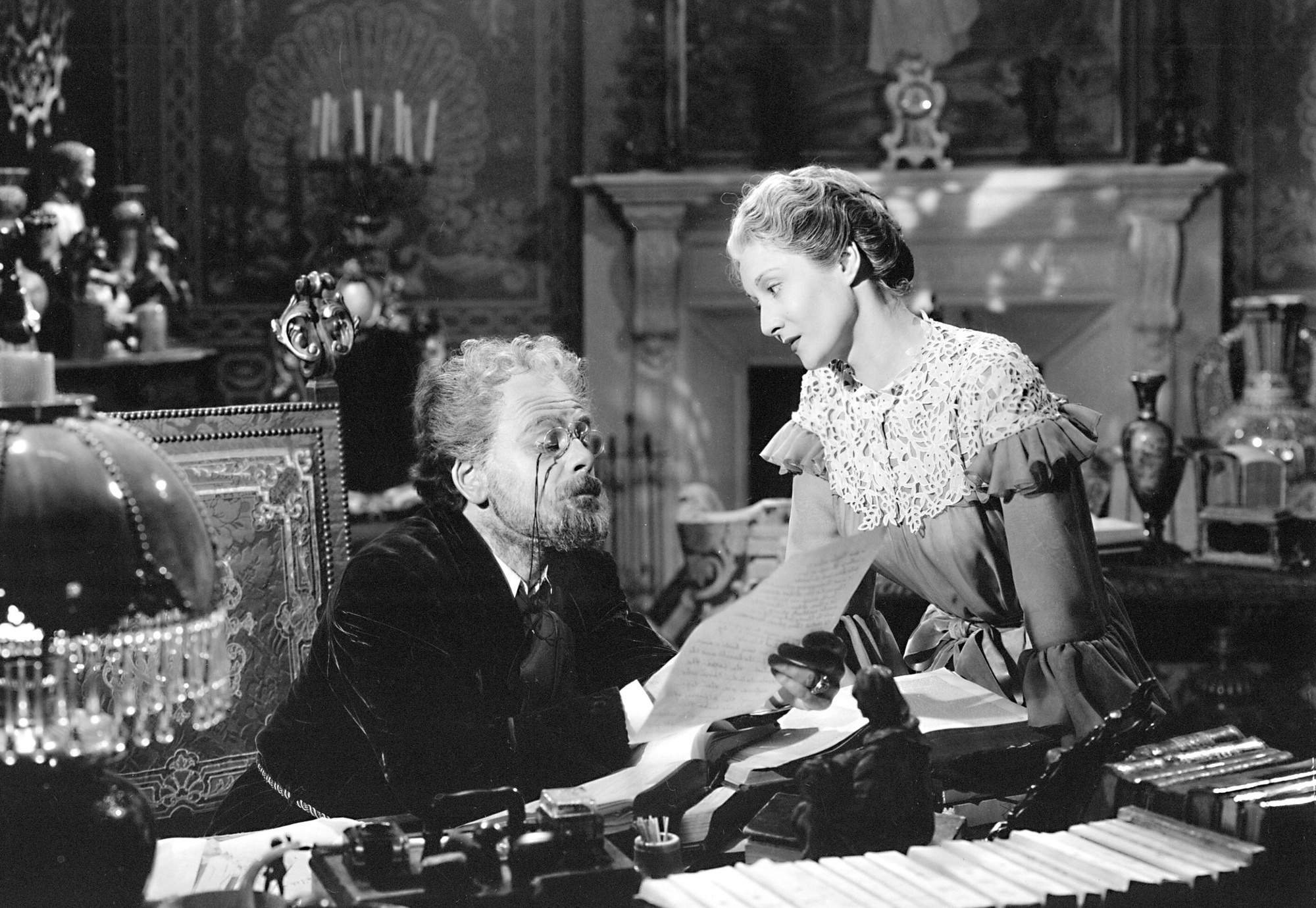15. Grand Hotel (1932)

“Grand Hotel: always the same. People come, people go. Nothing ever happens.” This is uttered at the finale of this tapestry of storylines, and it remains both its identity and its downfall. For 1932, Edmund Goulding’s star studded cast (with some of the greatest names from the classic age of Hollywood featured here) was a risky move, because films were finding their footing as story telling mediums.
Sound usage was integrated a lot better, cinema was forming an identity outside of both the theatre and even silent cinema’s traits, and stars were being born day by day. You, as a hotel guest (the hotel definitely is a character, here), witness a series of lives behind closed doors. The guests come and go, and at the end of the film, so do you.
Grand Hotel is iconic for its dialogue and its performances from legends like Greta Garbo, Joan Crawford, John and Lionel Barrymore, Wallace Beery, Jean Hersholt, Lewis Stone and more. This revolving door of actors have debates in the hotel lobby (where their echoes set the tone), in the privacy of their own rooms (where we peer in on their monologues), and within passing of one another. As a voyeur, Grand Hotel is a job done well.
As a definitive film, you end up caring more about the interactions rather than the cause of these interactions. The stories don’t remain, but those the stories are about most certainly will. Sure, nothing ever happens in Grand Hotel, but at the same time everything happens within the nothingness at Grand Hotel.
14. Gone With the Wind (1939)

The most successful film of all time. A case of style over substance. A civil war epic. A production feast. A tale of love. A tale of selfishness. Gone With the Wind is still being talked about even to this day, as it is often debated whether or not this David O. Selznick production is a masterpiece or a pile of fluff.
Looking at the cinematography, hearing the music, and seeing the colours explode off the screen, it’s almost impossible to not feel some sort of connection with this picture that can be described as nothing short of beautiful. Yet, the question to ask is not if the film holds up in terms of its production, but whether or not it is a good story.
Some of the film focuses on the shifting tides during the Civil War, including the destruction and reconstruction of the town to symbolize the fall and rebirth of America. Where does Scarlett O’Hara and her love triangles between Rhett Butler and Ashley Wilkes play into all of this? It kind of doesn’t. The separate story is a typical romance text that only offers a chance to be sucked in to O’Hara’s inflated ego.
You will sometimes feel as though you are missing out on the world around the story, but this is the Scarlett O’Hara show. Nevertheless, the pitch perfect artistry of this picture will speed through its massive four hour length (the longest Best Picture winner including overture). What about O’Hara’s plot to find love? Luckily, you don’t have to give a damn.
13. Mrs. Miniver (1942)

William Wyler’s first film to win Best Picture is a confusing premise that seems to somehow work. Mrs. Miniver is simply about Mrs. Miniver, and the plot works similarly to a dud that was featured much earlier near the bottom of the barrel: Cavalcade.
Instead of working on a full family with many years of events, Mrs. Miniver works much better because it circulates around Kay Miniver, her family, her town of Belham and the second World War. Therefore, the series of events that occur, despite not having any immediate relevancy with one another, make more sense to be featured.
Despite being another Wyler effort, this is Greer Garson’s show, as she leads the entire film as the title character. When she is robbed at gunpoint by a German pilot, she is subtly in control and blatantly terrified. Garson’s Miniver is always a leader, yet you can sense that she is fearful too (like the rest of the cast).
Times were tough, and society needed a film and an anchor to get them through the hardships. Mrs. Miniver may be one of the less talked about Best Picture winners, but don’t let that deter you from checking it out.
12. The Life of Emile Zola (1937)

The title of this film is peculiar, because it neither is truly about Emile Zola’s life (as opposed to telling a small segment of his adulthood) nor is it strictly about the author-turned-representative (the film is also about the wrongfully convicted Captain Alfred Dreyfus).
You get a glimpse into Zola’s work as a writer and as a struggling citizen (especially during the Dreyfus trial, where society turned their backs on Zola as well), but there isn’t too much to dive into in terms of his life. This isn’t simply a contradiction of the title, as it is also a confusion of who the film should focus its core around. As it is, Zola shifts back and forth between Zola and Dreyfus while aiming to represent Zola; a balance between both characters would have worked better.
Otherwise, The Life of Emile Zola, while predictable, is still a strong court drama. It is sadly an often forgotten-about film in the Best Picture lineup (as are a few films here) that offers solid acting and tension between both leads and the casts around them.
The screenplay is solid, and is a precursor to some of the better written dramas that would come shortly afterwards. Do not be deceived: The Life of Emile Zola is not a typical biopic, as it is barely a biopic. Giving this winner a shot is to witness something of a lost gem.
11. Wings (1927)

We have reached the very first Best Picture winner, and the only original silent film to win the grand prize (The Artist was made outside of the silent era and is not a complete silent picture). In 1927, there were actually two Best Picture prizes: one for Outstanding Picture, and one for Unique and Artistic Picture.
Wings won for Outstanding Picture, which ultimately became the Best Picture category in due time (Sunrise: A Song of Two Humans won the Artistic Picture prize). As lovely as it would still be to have a Best Picture for artistic films (especially nowadays), Wings remains the film most often attached to the very first win.
Wings highly deserves its acclaim (Sunrise is the better film, but it had its own recognition). The air battle sequences are still lightyears ahead of their time, and are astoundingly nerve wracking. There are a series of camera tricks that are also well beyond their years, including an extraordinary zoom that extends from one side of the room to the other across many tables of differing parties.
Wings was a futuristic film even in terms of content, including brief nudity and signs of LGBT relationships in the background. Wings is a spectacular silent film that has aged far better than a number of the other Best Picture winners here despite being the first.
10. You Can’t Take it With You (1938)

Frank Capra is a household name, whose film It Happened One Night also won Best Picture. He released a series of other acclaimed films, including Mr. Smith Goes to Washington, before taking part in war films. Even his “slouch” resulted in It’s a Wonderful Life: a film that did badly at first but has gone on to be the ultimate Christmas movie.
You Can’t Take it With You is a signature Capra film that is based on differing class systems, the heart of America, and the search for eternal happiness. It is also one of Capra’s more nutty films, as the arrogant Kirby family heavily clashes against the bonkers Sycamore clan. These dissimilarities, and the love that brings the Kirby son and Sycamore daughter together in love, is what it’s all about.
The tables start to turn, and the Sycamore family become the sane ones over the Kirbys. It is a battle between liberalism and conservatism, where the priorities between the citizens and the city come into question. The Kirbys aren’t necessarily the villains, but their deeply rooted foundations sure make them hard to support.
For its time, the cast was a clash of acting veterans and new faces, including Lionel Barrymore, Jean Arthur and James Stewart (who, oddly, was somewhat of a newcomer at this point). Like most of Capra’s classics, the screenwriting is razor sharp thanks to Robert Riskin’s talents (what Capra film is complete without him?). You Can’t Take it With You is a lesson on life, materialism, and humanity.
9. Gentleman’s Agreement (1947)

This film is a fantastic case for a story that takes its time to develop before diving right into its subject matter. It doesn’t take too long to unfold its crux, either. Gentleman’s Agreement is a powerful film that features a reporter (played by Gregory Peck) that claims to practice the Jewish faith in order to do a story on prevailing antisemitism.
This film came out shortly after World War II, and its timing couldn’t have been more impactful. The journalist, named Philip Green, only decides to fulfil this quest a considerable amount of time into the movie, as a number of events have to make Green question the relevancy of this project.
The results are depressing, and you witness them with Green side by side. Those he was once close to veer away. Passersby stare him down. Nothing is the same. You are a part of this investigation, and the film is his write up. Aside from a very quick ending that feels far too typical in a Hollywood sense, everything in Gentleman’s Agreement fits into each other aspect nicely. Sadly, the film’s message on humanity uniting is still needed today.